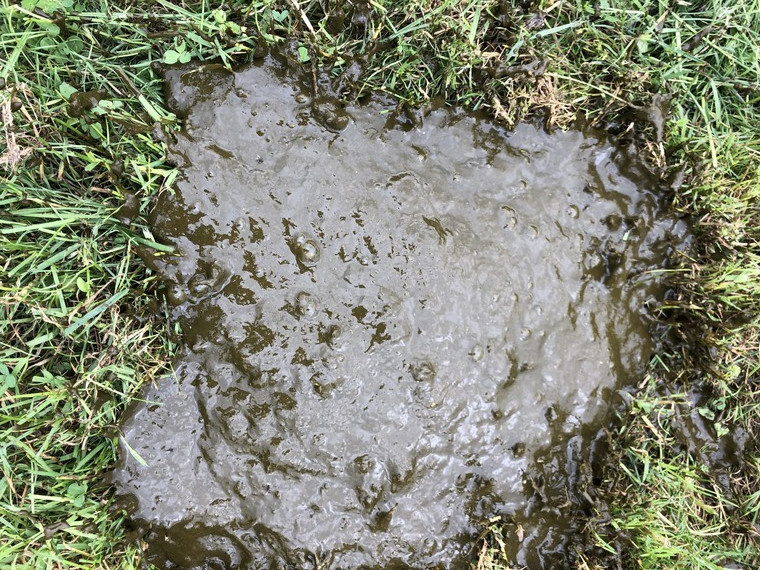Isabelle England, ruminant nutritionist at Trouw Nutrition, explains that the cold winter resulted in poor grass growth.
“We hope any poor grass growth will be overturned as a result of good growing conditions in the spring, as there will be no layer of detritus from winter growth. As always, this will be dependent on where you are in the country, so needs to be monitored on a farm-by-farm basis,” she explains.
“The risk of acidosis in grazed cattle increases during early spring due to lush grass that is highly digestible and high in rumen fermentable energy, thanks to both a high acid load and low fibre index.”
Mark McFarland, feed additive product manager at Lallemand Animal Nutrition, adds that this is because of the huge changes that occur in the rumen.
“When cows move from a total mixed ration (TMR) to a fresh grass-based diet, the rumen microbiota is impacted, with significant shifts seen in the specific microbial populations.
“Increases in rapidly fermentable carbohydrate degrading bacteria, coupled with reductions in the fibre degrading microflora, causes excessive lactate production, reducing rumen pH as well as fibre breakdown.
“Research has also shown a decrease in the gut wall surface area during this dietary change, which translates to less nutrients being absorbed, all adding up to lost milk potential. Therefore, during the transition to fresh grass, cows are at a high risk of acidosis and milk yield loss, if not managed properly.”
To mitigate these risks, Mark suggests, along with practical measures such as restricting grazing, using a live yeast supplement ahead of and during the grazing season.
“By feeding a rumen specific live yeast such as Saccharomyces cerevisiae CNCM I-1077, commercially known as Levucell SC, rumen function and efficiency is improved.”
He notes commercial farm trials carried out in 2015 and 2018 in outdoor cows, where Levucell SC was added to the diet before and during turnout, showed significant benefits for the rumen environment.
“Our trials concluded that the live yeast increased the average rumen pH, while significant reductions were seen in the time spent per day at a low rumen pH.
“Indeed, one of the first local farm trials indicated that adding the live yeast to the diet can increase average daily milk yield by 8% (+2.3kg). With a maximised effect of an additional 3kg of milk per day when cows were fully out at grass.”
In addition, the most recent farm trial highlighted that using the live yeast also resulted in improvements in cow cleanliness and manure consistency, making for a much more pleasant milking parlour experience when cows are at grass.
“With margins tightening, making the most of quality spring grass will be key for producers, but to ensure minimal impact on cow productivity, the transition to turnout needs to be managed carefully,” concludes Mark.
Pictured: Control group manure




